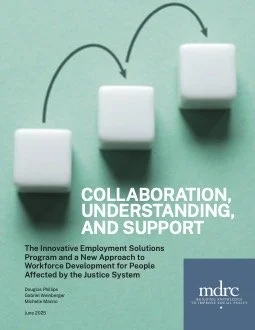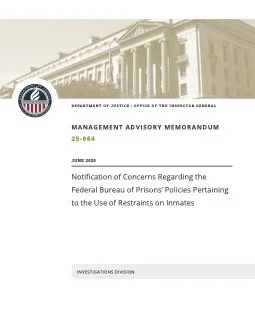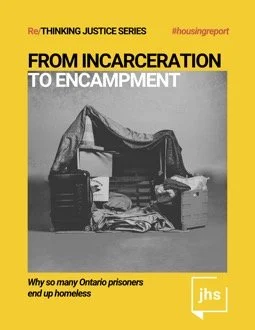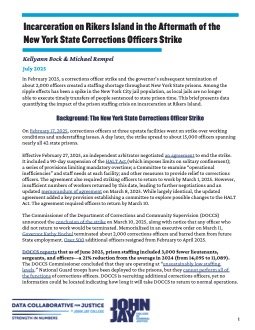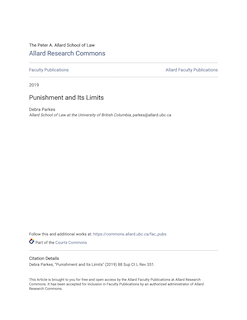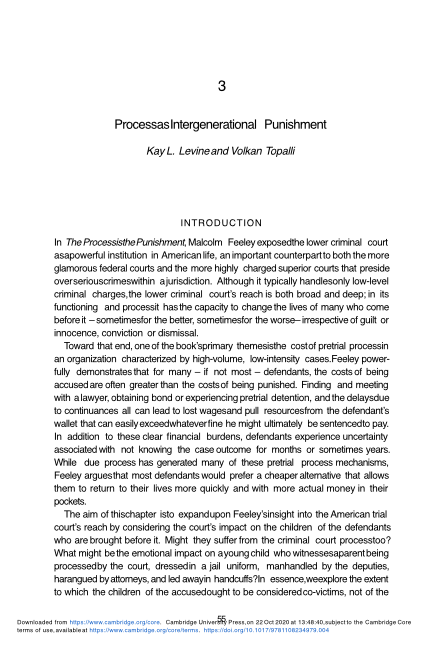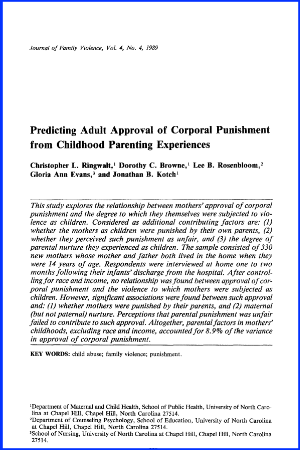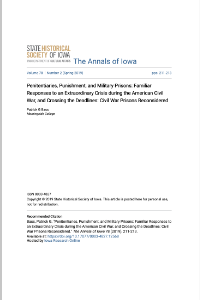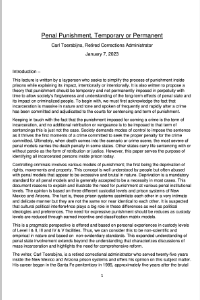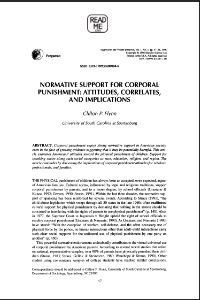By Douglas Phillips, Gabriel Weinberger, Michelle S. Manno
Evidence shows that employment can help keep people on parole or probation from coming back in contact with the justice system. But people who have a history of such involvement may lack educational credentials or have little work history, and must contend with employers’ bias against hiring them. Furthermore, they may require additional support—such as housing or transportation—to be ready to handle the demands of employment.
The Los Angeles County Innovative Employment Solutions Program (INVEST), established in February 2018, is designed to address the range of employment and supportive-service needs people on probation may have and support them in pursuing their employment and career goals. It operates at selected career centers in Los Angeles County. The program combines features of traditional workforce programs with some additional components. Most notably, it offers intensive training to prepare staff members to work with people on probation, collaboration between probation officers and employment staff members who work together in the same space, and additional funding for supportive services.
This report presents the findings of an evaluation of the INVEST program, which consisted of an implementation study and an outcomes study. The implementation study finds that the INVEST program is being implemented as intended, making a variety of employment services and training and educational opportunities available to clients, along with supportive services. It also finds that clients do not always take advantage of program services. The program services most frequently used are those related to finding employment quickly and services that take place as part of enrollment or very soon thereafter. Only about one-third of INVEST clients enrolled in any type of training program, and fewer than half of INVEST received any type of supportive service. This pattern suggests that people receiving services from INVEST need income from employment quickly, and may need financial support to be able to participate in education or training.
The outcomes study tracks employment and earnings for 1,232 INVEST clients who enrolled between March 1, 2018, and February 28, 2021, and compares their results with those of a group who were referred to INVEST but did not enroll. People who enrolled in INVEST had higher employment rates (by 12 percentage points) and higher earnings (by $1,931) over the course of a follow-up year (beginning about a year after enrollment and ending about two years after enrollment). This difference overwhelmingly reflects results among one subgroup of individuals who did not have any reported earnings when they enrolled. However, the comparison group for this part of the study was not constructed rigorously, so it is difficult to say with any confidence that the INVEST program is the reason for these improvements.
It was also not possible to construct a rigorous comparison group for outcomes related to involvement in the legal system. Compared with a similar group in another MDRC study in Los Angeles County, INVEST clients were less likely to be involved in the legal system in the year after enrolling. About three-quarters of INVEST clients avoided any arrest during that year.
Future research using a more rigorous study design—that was able to draw on more comprehensive data—could help to determine the program’s impacts on employment, earnings, and involvement in the criminal legal system, and to identify whom the program helps most.
New York: MDRC, 2025, 62p.



